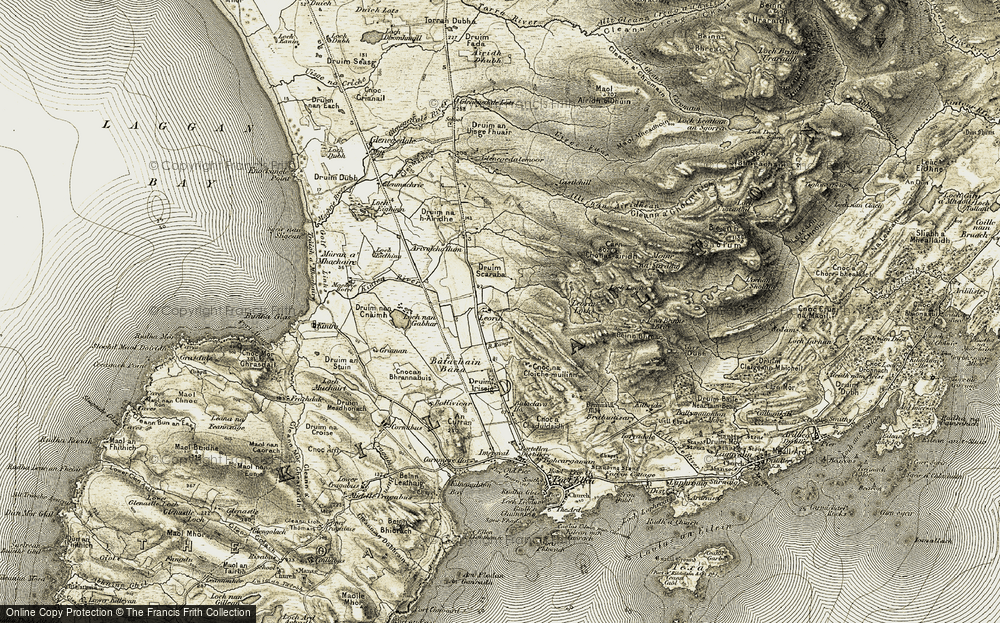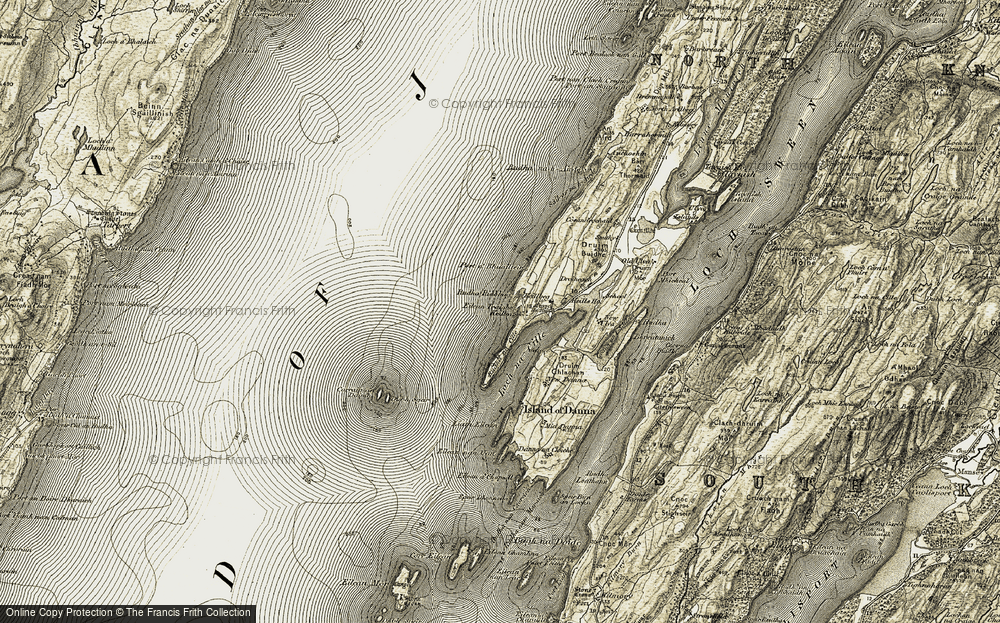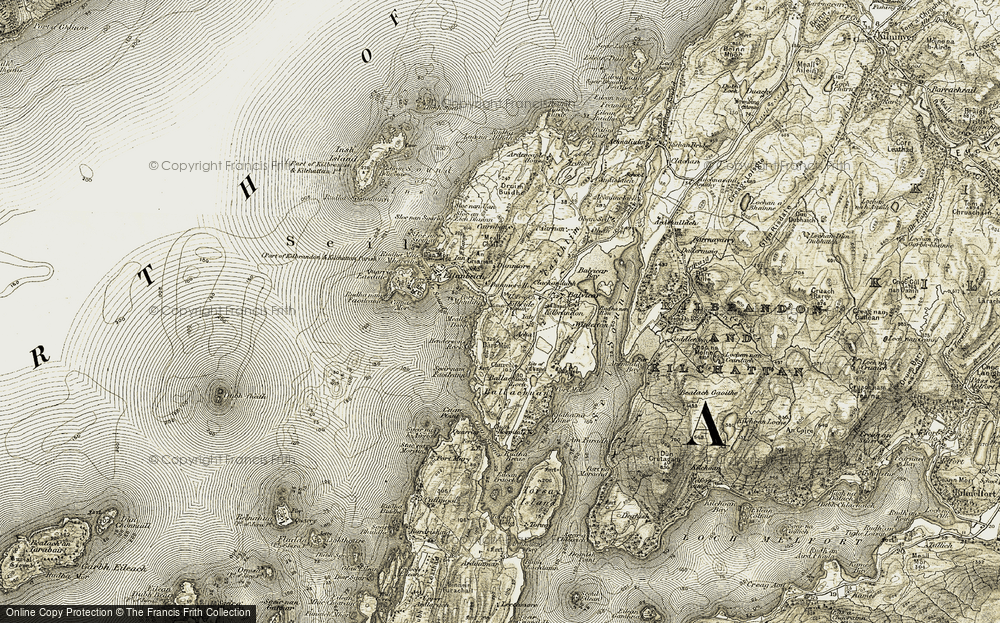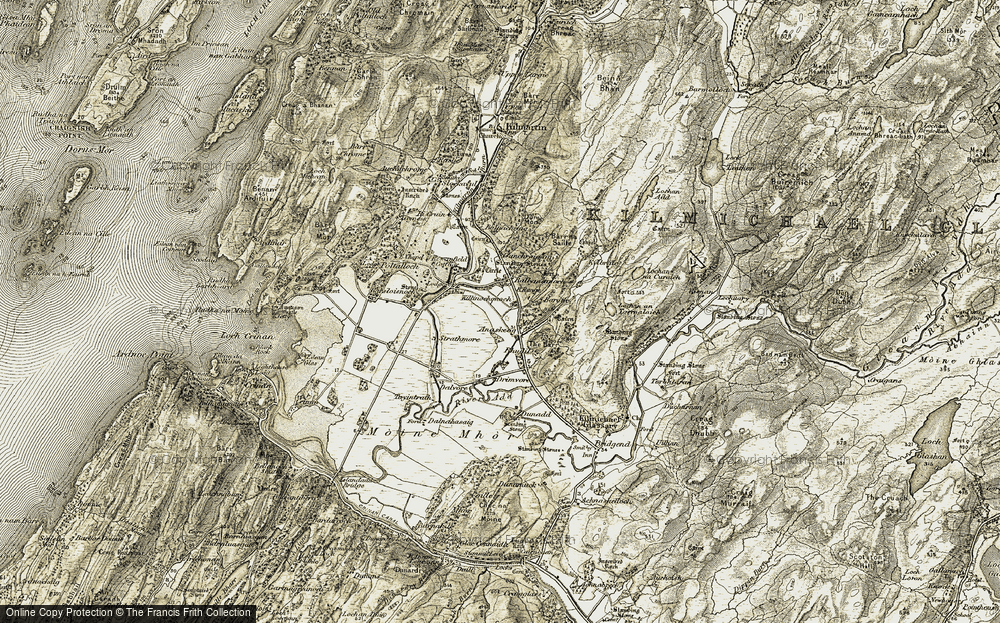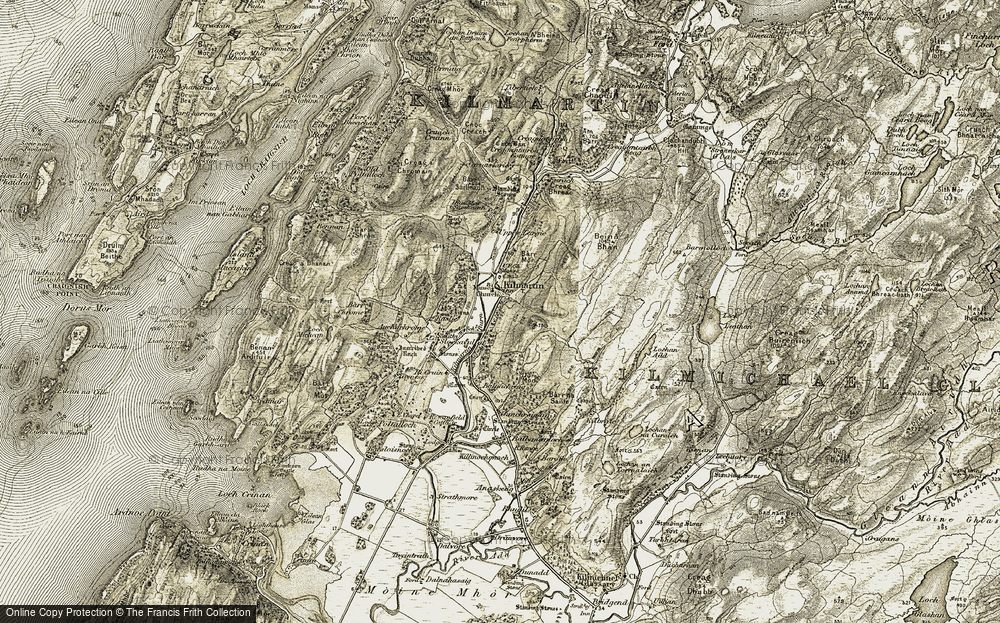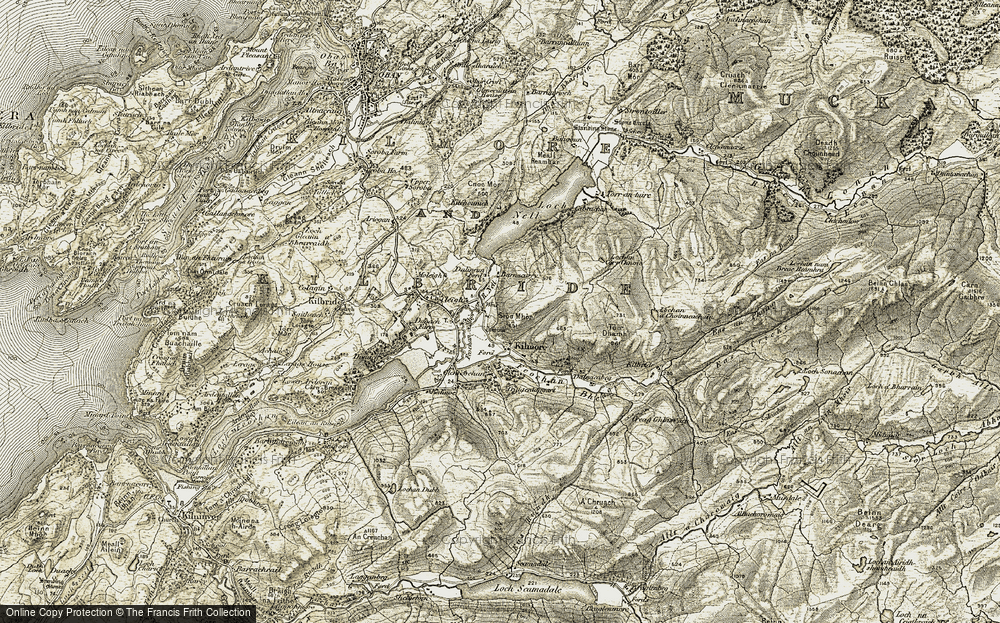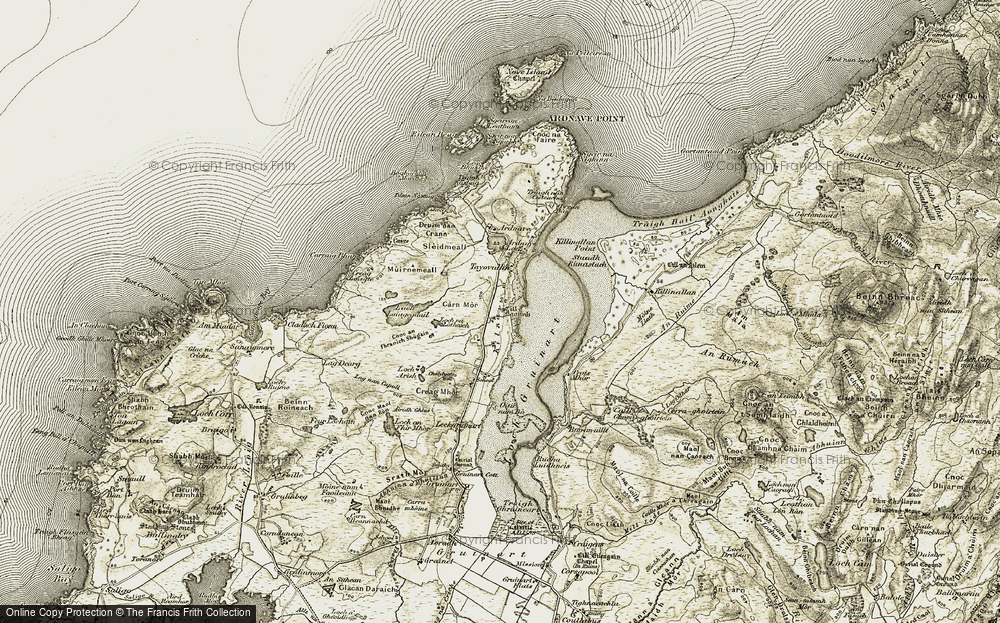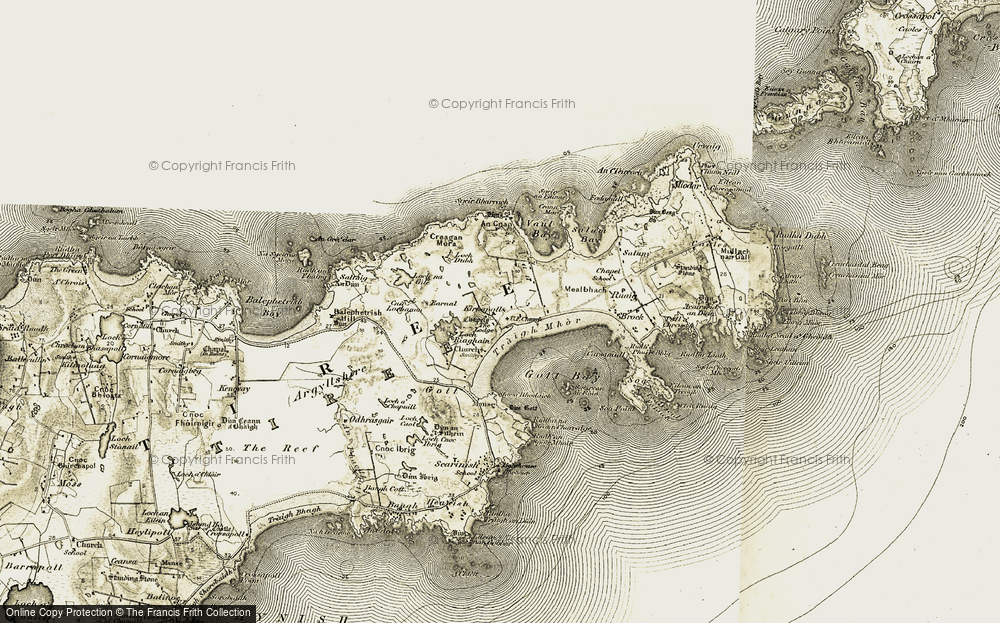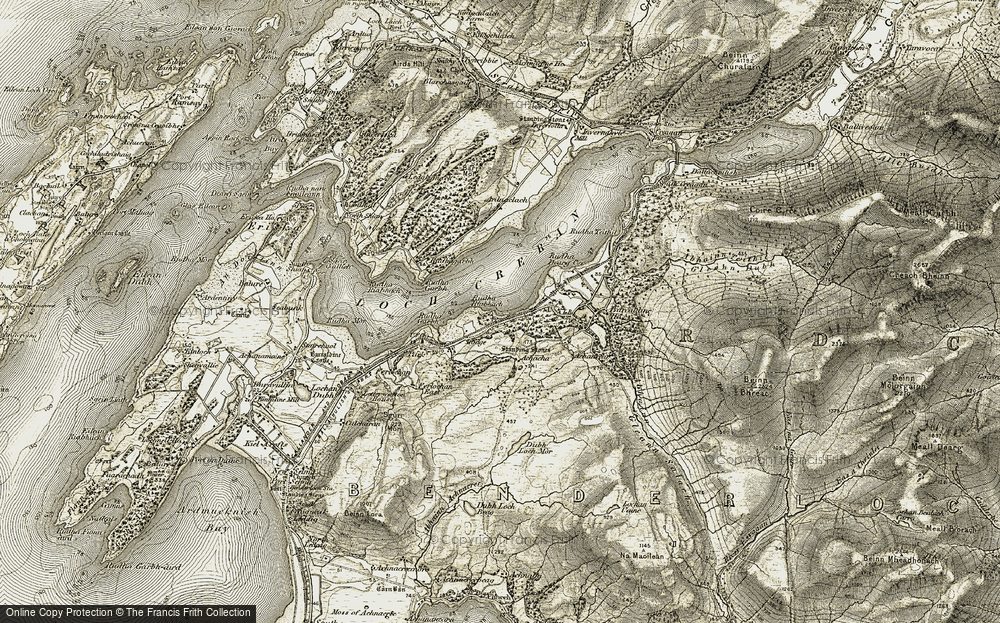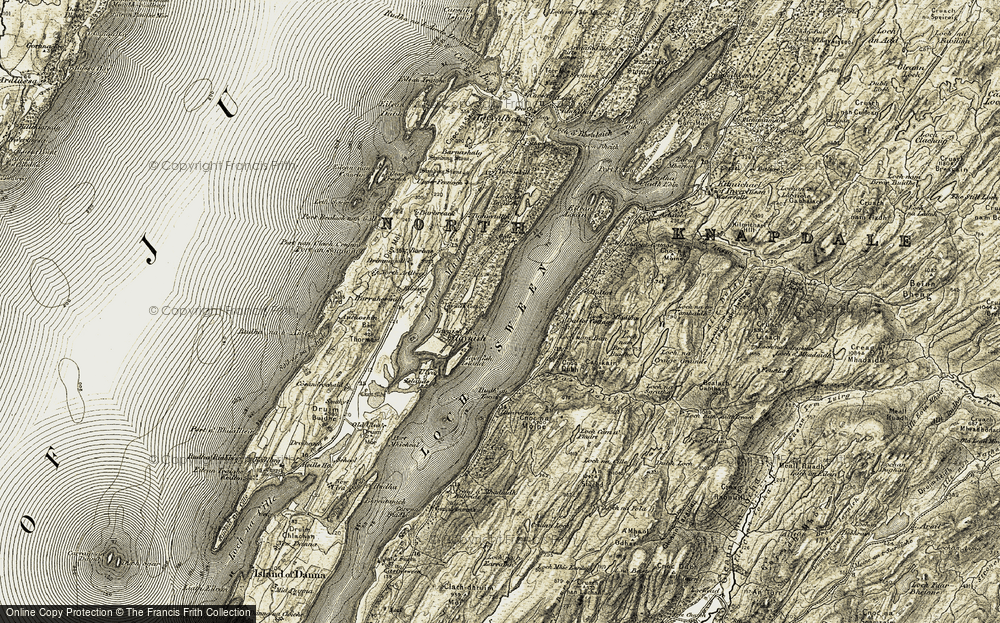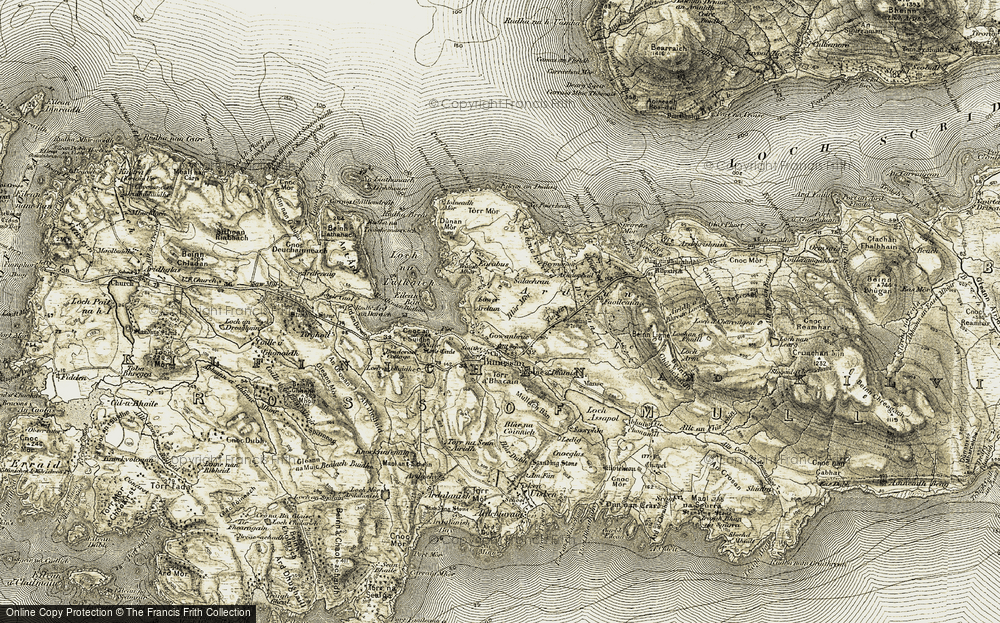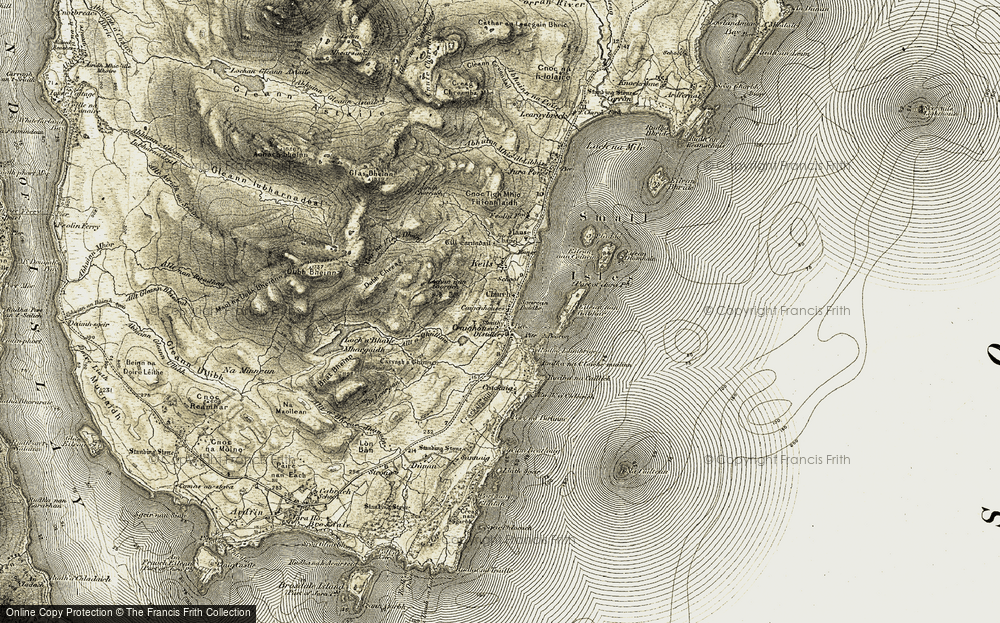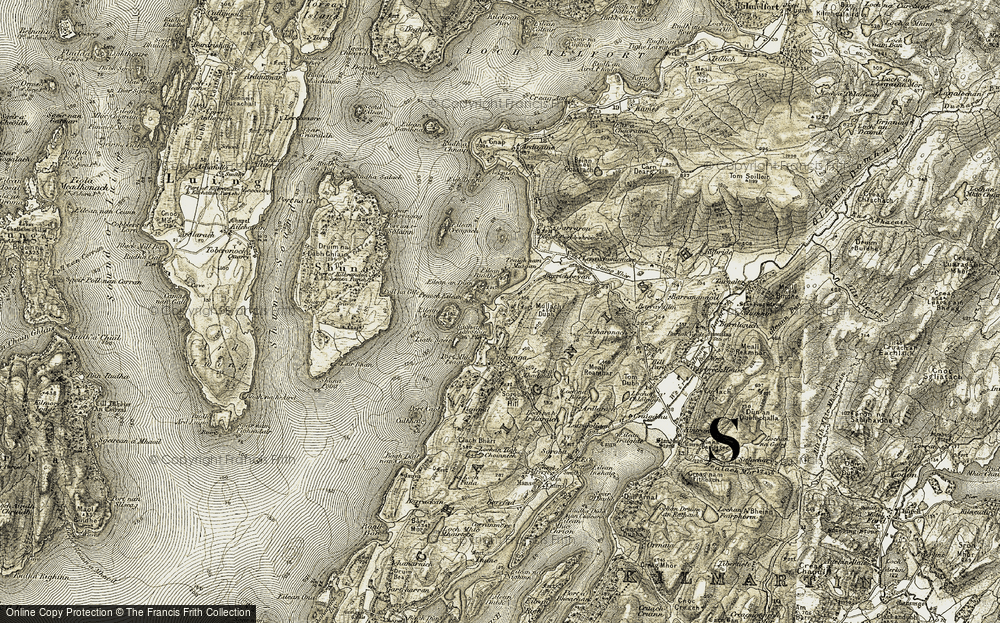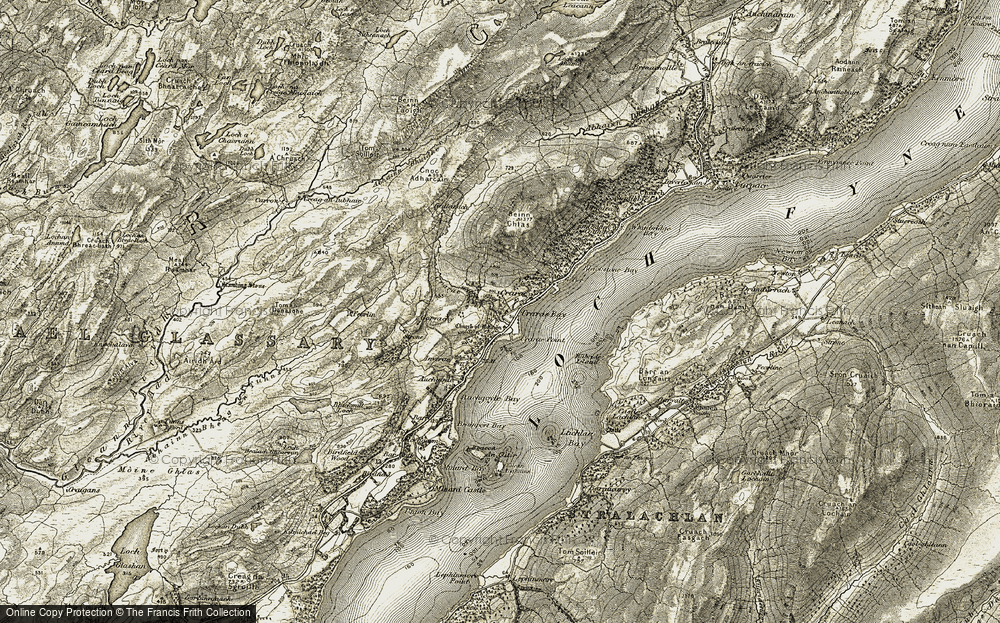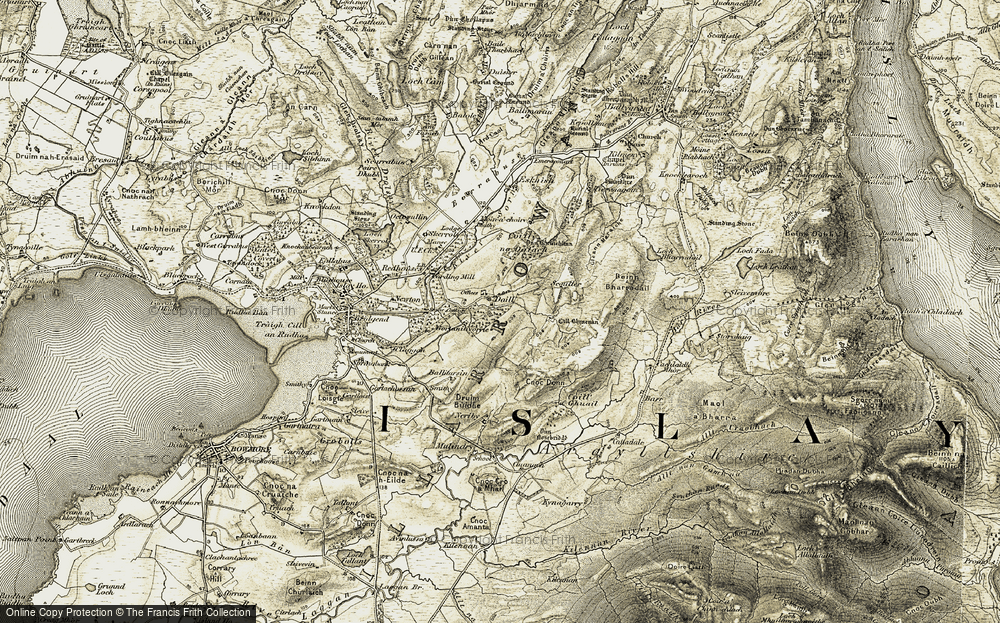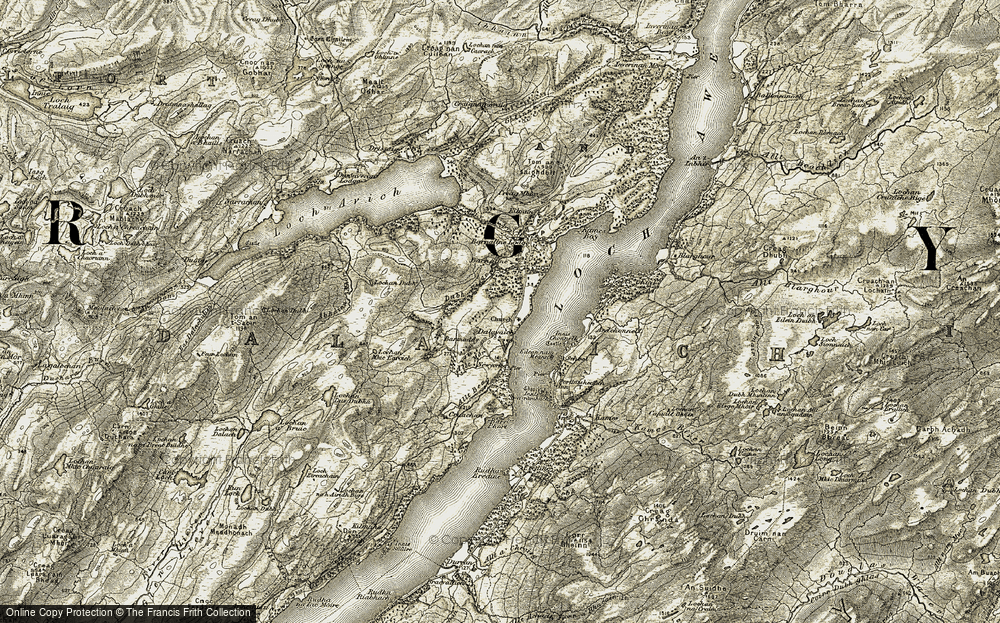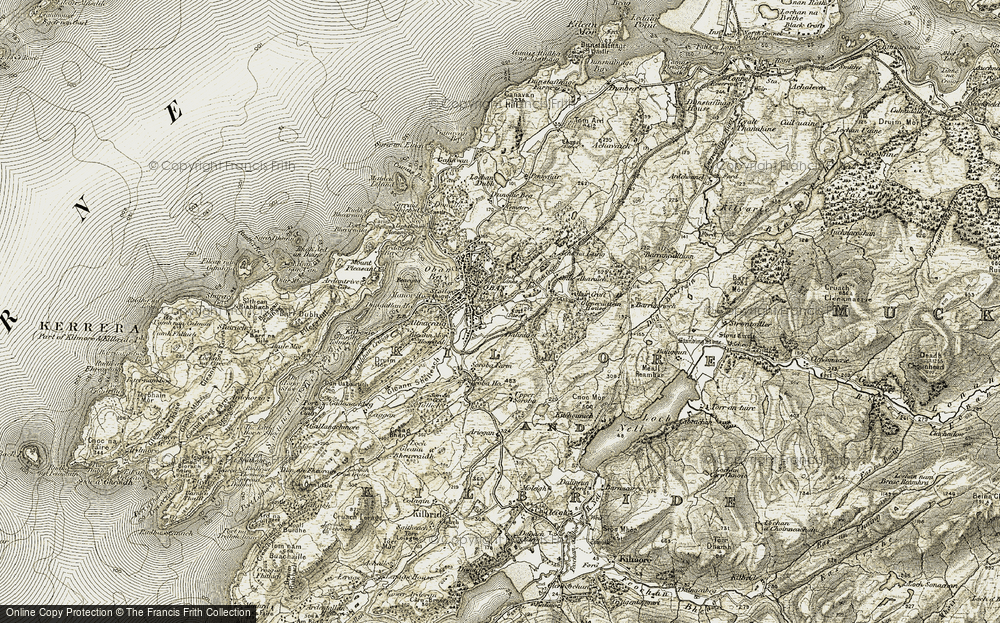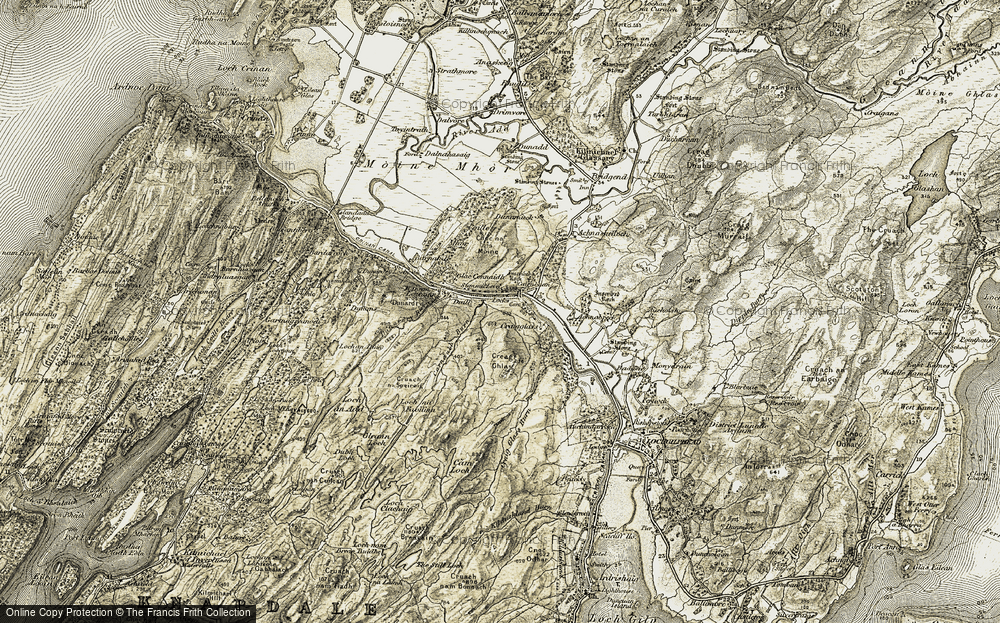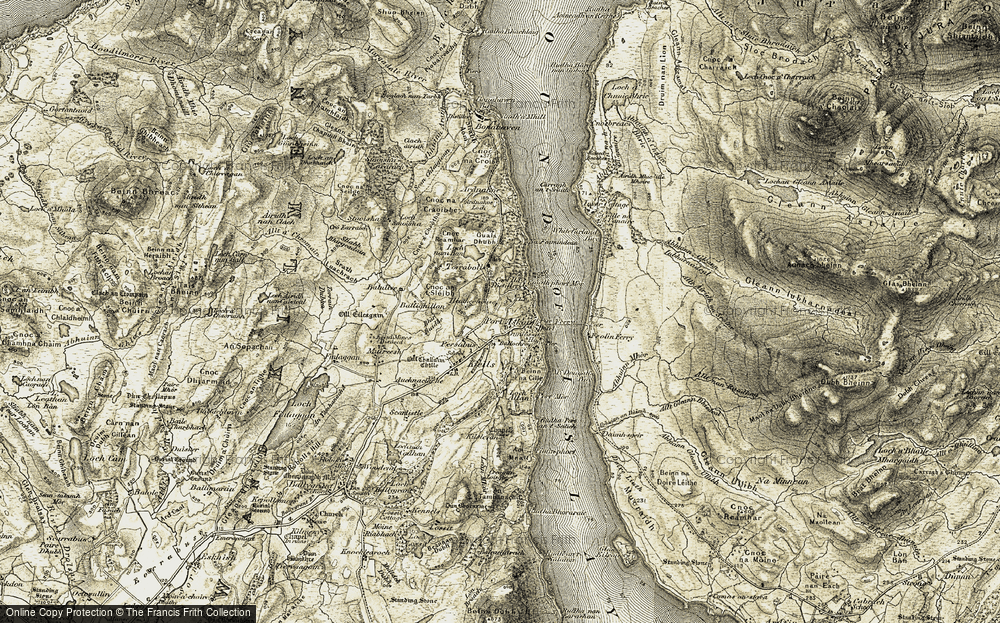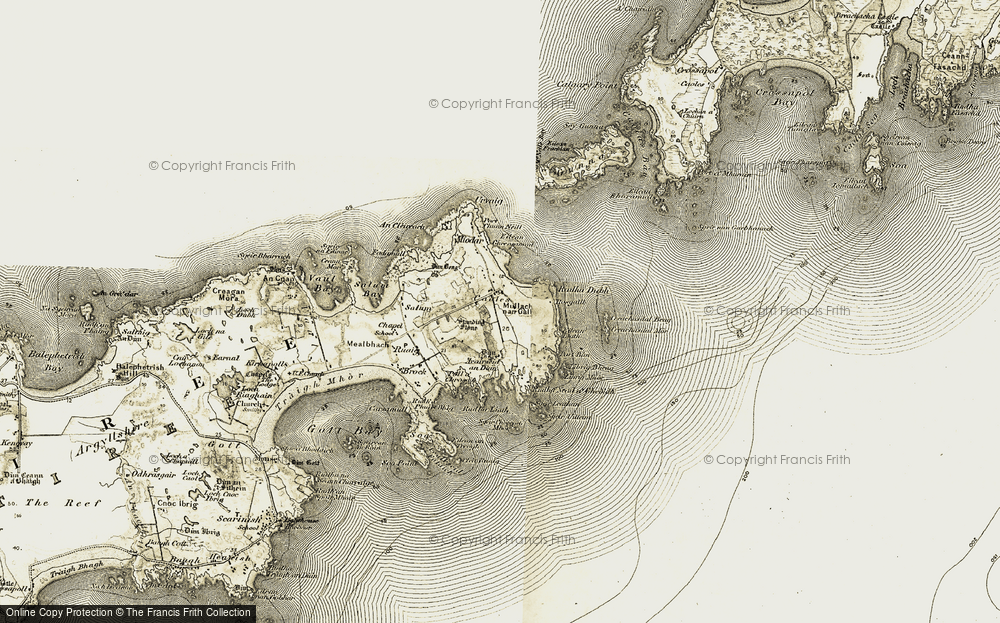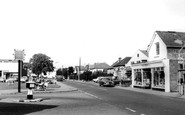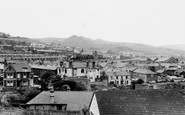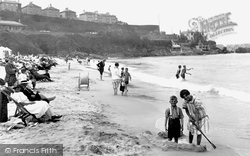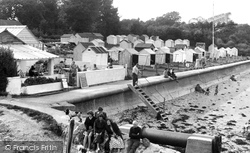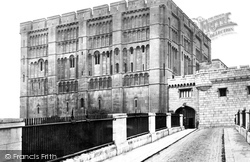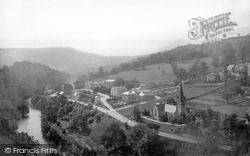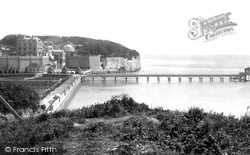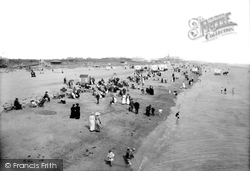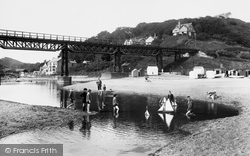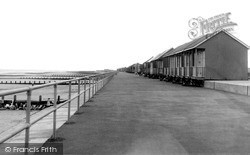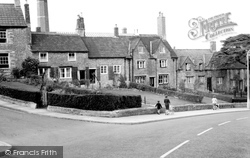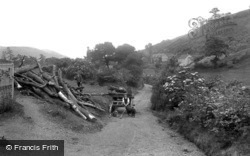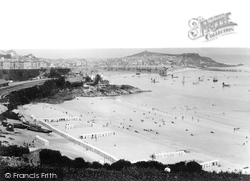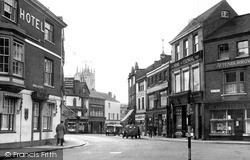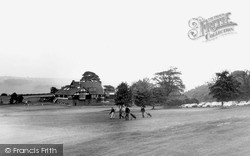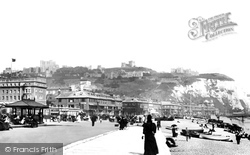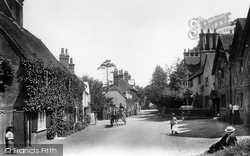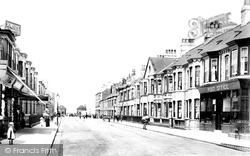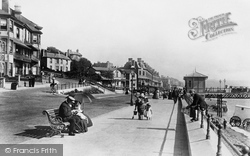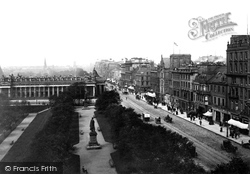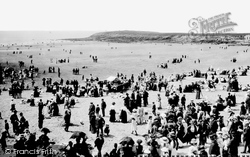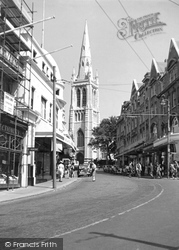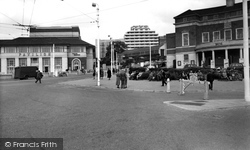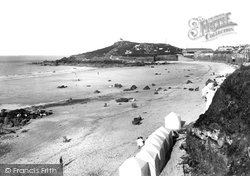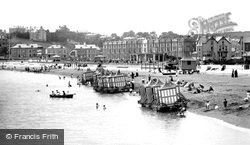Places
Sorry, no places were found that related to your search.
Photos
Sorry, no photos were found that related to your search.
Maps
1,353 maps found.
Books
3 books found. Showing results 241 to 3.
Memories
2,048 memories found. Showing results 101 to 110.
Childhood Memories
John Kinniburgh - my memories of Gateshead are all good ones. I lived in Gateshead from 1946 -1958 then moved to Essex. I was born in a house at 3 Ashgrove Terrace, near Saltwell Park and then moved to 11 St Cuthberts Terrace. ...Read more
A memory of Gateshead in 1946 by
Childhood Memories
This used to be the entrance to Brooklands and we used to run up and down the batter (sic) during some of the races. Foolish bravuro. Our family name was Griffiths and this was our way to the West Weybridge station, I went to the ...Read more
A memory of Byfleet in 1940 by
Childhood In Weston Super Mare
I was born at Kewstoke Maternity Hospital (now a private hospital) in 1945. I attended Locking Rd Primary School. I lived in Ashcombe Rd and could hear the steam trains shunting throughout the night. My parents were ...Read more
A memory of Weston in 1950 by
Childhood Home
The large house to the left of this photograph is my chidlhood home, Brynderwen. It is at the bottom of Field Street , opposite the Con Club, next to the Surgery. My father was one of the local Doctors who ...Read more
A memory of Pen-y-graig in 1961 by
Childhood
I was born July 1951, my parents were Dorothy (nee Moore) and Eric Almond, we lived at 156 Warde St. It was my grandparent's house, my grandfather Thomas Almond had died in 1950, so we moved in with Gran Clara (nee Cheetham) ...Read more
A memory of Hulme in 1951 by
Childhood
We took the steam train to Selham station and walked across the fields to our destination . My gran and step grandad lived in a little cottage called Smokey Hole in Selham. My granddad worked at a farm called Konigs (Conigs - not sure of the ...Read more
A memory of Selham in 1946 by
Cheddar Photographer C H Collard
My maternal grandparents lived in Cheddar from 1890 to 1950. My grandfather owned a shop in Bath Street which was a tobacconist/barber/ photographer business and he took early postcard photos of the village, including ...Read more
A memory of Cheddar
Brought Up In 60's 70's
I lived with my mother and grandparents in a row of cottages near the station. we had no bathroom but used a tin bath once a week in the kitchen. We had an outside toilet and our water was spring water. my grandad worked ...Read more
A memory of Grindleford by
Both Sides Of Sduthall
I was born in the flats in Dudley road in 1947 my mum [joyce] always told me extremely hot summer and freezing cold winter used to play gasworks a lot my grandparents lived at the end of stoney lane inside the gates north ...Read more
A memory of Southall by
Captions
1,059 captions found. Showing results 241 to 264.
The public has not yet abandoned Victorian modesty when it comes to bathing costumes, and not many people seem to be eager to swim, but deck-chairs and buckets and spades are well established.
A closer view of the group in the previous photograph reveals them relaxing on the slipway.
Nearer the castle the contrast between the Bath stone of the keep and the crisp, pristine granite of the 1830s prison gatehouse is clear.
In this early view of Matlock Bath, the crocketed spire of the parish church of the Holy Trinity is prominent in the right centre, with the River Derwent on the left.
The Bellevue Hotel at Pegwell is pictured here in its clifftop setting.The structure that is visible on the left was an artificial lagoon offering visitors sea-water bathing in safe, sheltered
Nearer the castle the contrast between the Bath stone of the keep and the crisp, pristine granite of the 1830s prison gatehouse is clear.
We can see a deckchair hut, bathing machines, and a few wooden seats; in the left background is the end of the 1885 Switchback and the Aerial Flight.
The railway line continues past the houses and the stone bridge of East Row, whilst the flow from the beck makes a tempting paddling pool.
A tremendous visual change here is that there are now no breakwater defences along the beach. The bathing huts are still there, and so is the glorious sand.
The house at the end of the 17th-century cottages gives onto Rook Lane. It is now almost hidden from view behind tall hedging and trees with a very secret garden.
Nearby is the Cwm Spring supplying mineral water which is bottled in the village. Until recently, local householders even used the water for bathing.
Compared with the view of Porthminster Beach taken in 1890, this view indicates how much the holiday industry had taken over the St Ives beaches.
In the background is St Mary's, said to be the most beautiful parish church in England.
Often considered to be the prettiest village on Tyneside, Ryton in the early 19th century was a popular residential area for wealthy Newcastle businessmen and merchants, even though it would soon be given
This fine view of Dover's sweeping Esplanade shows bathing machines pulled down near the water.
Dick Turpin supposedly galloped through the village on his horse, Black Bess, en route to his aunt's cottage after a hold-up on the Bath Road.
The post office is on the right. In the 1820s, when Robert Walker was the postmaster, there was a collection and delivery every day during the bathing season.
The Victorians, who were fond of such comparisons, compared the locality of Sandown to the Bay of Naples.
The Edinburgh Cafe at number 70 did not serve alcohol, and there was a Turkish baths at number 90. For those with a sweet tooth, Edinburgh rock was available at Ferguson's.
Barry Island was a popular holiday destination for the valley miners for their annual 'miners' fortnight'; suits, caps, full-length skirts and hats appear to be the order of the day.
Bournemouth's Square stands at the very heart of the town, astride the Bourne Stream.
By the 20th century holiday resorts were catering for visitors during bad weather as well as good, hence the imposing public baths.
There are more bathing tents; by now the St Ives' beaches were being managed as tourist attractions. In the distance can be seen a slipway that was built from The Island to Porthmeor Beach in 1911.
Paignton's beaches and coves give a combined sea-frontage of over two miles; this led to the growth of the town's satellite villages of Preston and Goodrington.
Places (0)
Photos (0)
Memories (2048)
Books (3)
Maps (1353)




